While the formula may seem simple, crafting a truly effective horror story is no easy feat. Writers must master these five elements.

It’s no big revelation to say that the thrill of being scared is what makes horror stories — whether in written form or on the big screen — so popular among genre fans. But how exactly do authors and screenwriters send shivers down the spine?
While there’s (thankfully) no such thing as a one-size-fits-all approach to fear, certain key elements help create that killer combination of atmosphere and mood the genre is known for. Part of what makes the genre so compelling is how diverse it is. From creeping psychological horror to nail-biting thrillers to supernatural scares and heart-pounding slashers, there’s an endless array of options for captivating and chilling your audience.
However, there are a few key components budding writers should focus on when crafting a tale of terror.
Of course, there’s the obvious fear factor. But a good scare is nothing without great characters worth rooting for (or against). And don’t forget that a great setting can be a character all to itself. Building suspense is key to investing your readers enough to make the moments of true fright resonate, and it’s important to ensure the stakes are high enough to keep your audience on the edge of their seats.
Let’s take a closer look at each of these elements to see how they work in writing.
1. Fear Factor: Emotional Resonance and Exploiting the Unknown
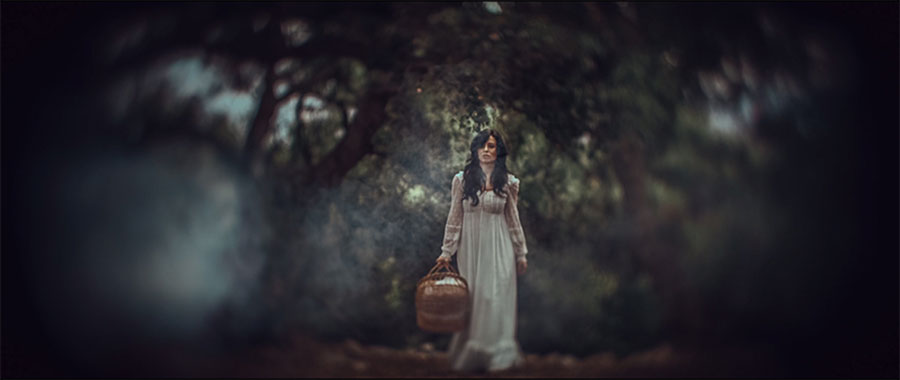
This one seems obvious, but it’s also one of the most difficult elements to get right. It’s what separates great genre work from all other writing. You can have a great story without palpable fear. But a great horror story requires some combination of tension, unease, or even true terror.
Not every fright has to be overt, and not every scare has to be a jump scare.
Sometimes, the most terrifying aspect of a story is the mystery — it’s what isn’t explicitly revealed. A great writer can capitalize on the psychological power of the unknown; we’re programmed to fear things we don’t know or understand, things that make us feel out of control.
Knowing something evil is “out there” without knowing what that something is can be just as terrifying, if not far more so, than coming face-to-face with the creature/monster/killer/entity.
The unknown is what creates terror.
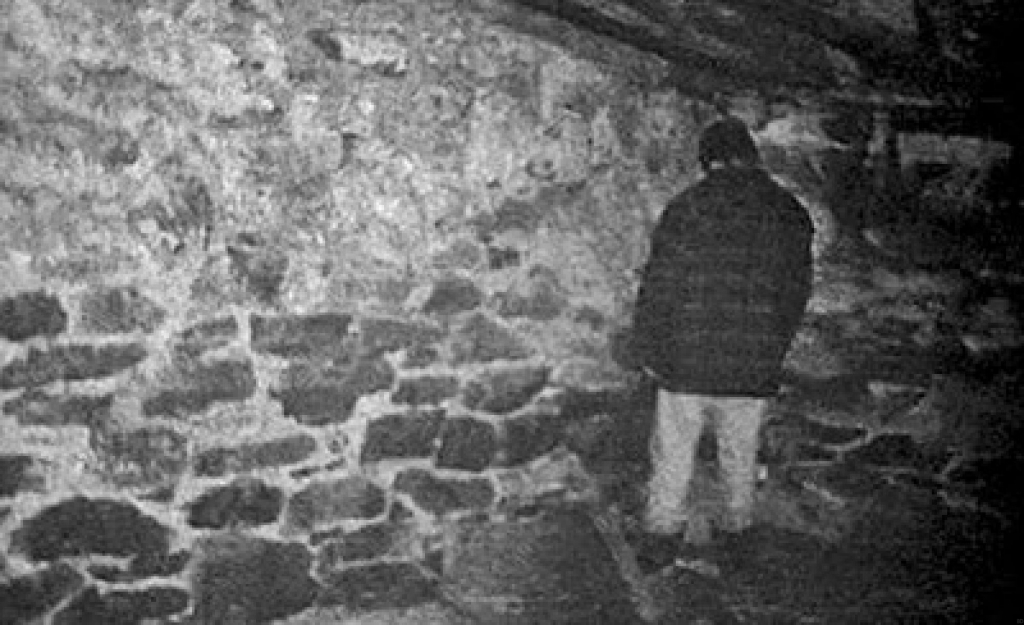
While we all fear different things, the feeling of anxiety and dread we get not knowing what’s waiting for us in the darkness is universal.
Examples of great horror films that really tap into this idea of paranoia and fear of the unknown are the unsettling and unnerving It Comes At Night, It Follows, The Blair Witch Project, Oculus, The Babadook, The Witch, and The Exorcism of Emily Rose.
Tapping into instinctive fears is another option. Darkness, enclosed spaces, heights, and diseases are some common examples of phobias that are particularly relatable.
The emotional background needs to vary if you want to elicit strong feelings from your audience. After the moment of strong fear, the reader needs some peace to catch a breath and a few moments of happiness for the contrast. Then, throw the fear factor back into action. You need to create an emotional connection so that the viewer/reader can place themselves into the story, thereby truly ramping up the potential for fear.
Emotions are challenging to describe. Those trying to hone their writing skills can buy essays online. It’s always easier to learn writing techniques from more experienced writers. It’s why the great Stephen King, in his memoir On Writing, encouraged budding writers to read as much as possible:
“If you want to be a writer, you must do two things above all others: read a lot and write a lot.”
This correlation between emotions and fear is why creating compelling characters is so important, and that brings us to #2 on our list.
2. Compelling Characters: Protagonists and Villains
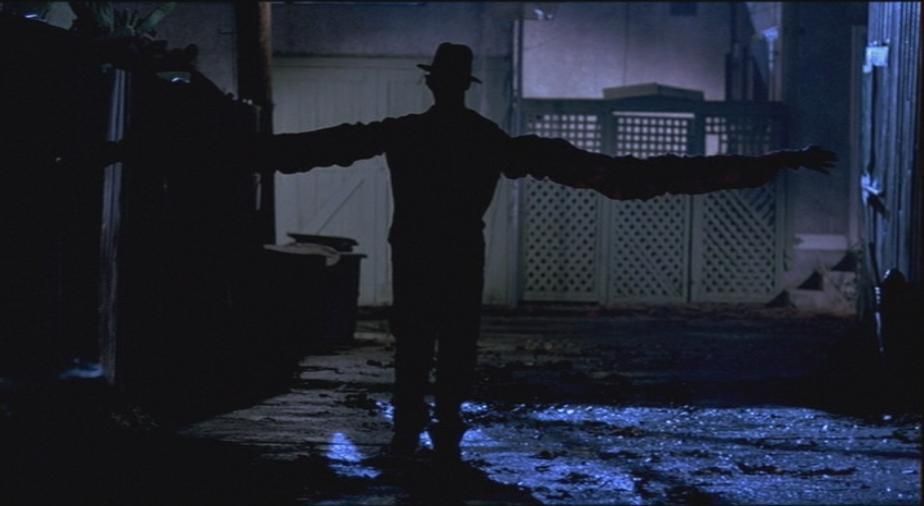
Any story has main characters at its heart, and horror stories are no different.
Focusing on fear is important, but you can’t have genuine terror without making the reader/viewer feel connected to the story. And you can’t have a connection without giving them characters they can relate to and feel truly invested in. Some horror movies, specifically in the slasher subgenre, will create one-dimensional characters designed specifically to pad the body count. While this can be fun to watch, it’s rarely scary or memorable.
The truly great films that stand the test of time almost universally feature characters you remember long after the credits roll, characters that become ingrained in popular culture and transcend the film itself.
This is true of both protagonists (think about your favorite final girls that you can easily name: Laurie Strode, Nancy Thompson, and Sidney Prescott) and villains (Michael Myers, Jason Voorhees, Freddy Krueger, Ghostface).
In fact, think of one of the all-time best and most influential slasher films in horror history: Halloween.
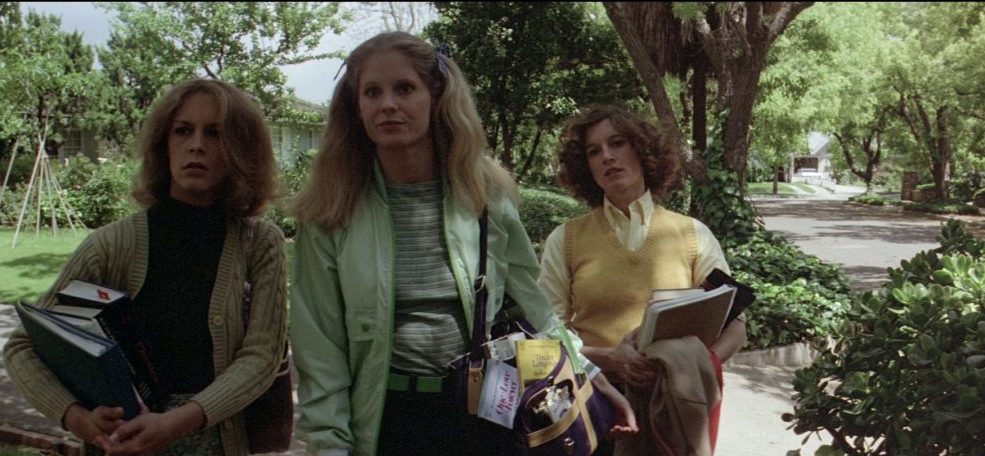
What makes that film so enduring and effective even four decades later?
You can probably name most, if not all, of the main characters in the film — even beyond our hero and baddie. The “side” characters are just as compelling and memorable. Dr. Loomis, Annie, Linda, Bob, Judith Myers, Lindsay Wallace, Tommy Doyle, and Ben Tramer.
It’s why the recent film in the franchise reboot, Halloween Kills, was such an exercise in fan service. Fans of the franchise know and love so many of the original film’s characters. Seeing them return to the franchise or be referenced was a huge thrill.
The goal of a writer is to create a protagonist people will care about. Remember that you don’t need your “hero” to be perfect or even particularly likable. Plenty of compelling protagonists are deeply flawed. In fact, this is what makes them so relatable. None of us are one-dimensional stereotypes. We aren’t defined by just one thing, like the jock, the nerd, or the virginal good girl. We are complex individuals, and we relate to characters that are as well.
The only thing you must have for a great protagonist is someone who feels real and whose motivations we can understand — for better or worse.
Developing a compelling villain is sometimes even more challenging than the “good” character. These characters are often written even more shallow than the protagonists. But there must be something about them that instills fear and draws us to them, even as we are horrified by them. A well-written villain backstory can certainly help flesh out the character. But, as Carpenter’s Halloween proved, there can be something equally terrifying about not knowing the “why” behind your villain’s actions.
It takes a skilled writer to create a captivating mystery without making us feel cheated for not having all the details.
The art of creating true suspense is what separates great writers from everyone else, which brings us to #3 on the list.
3. Building the Suspense: The Foundation of Fear
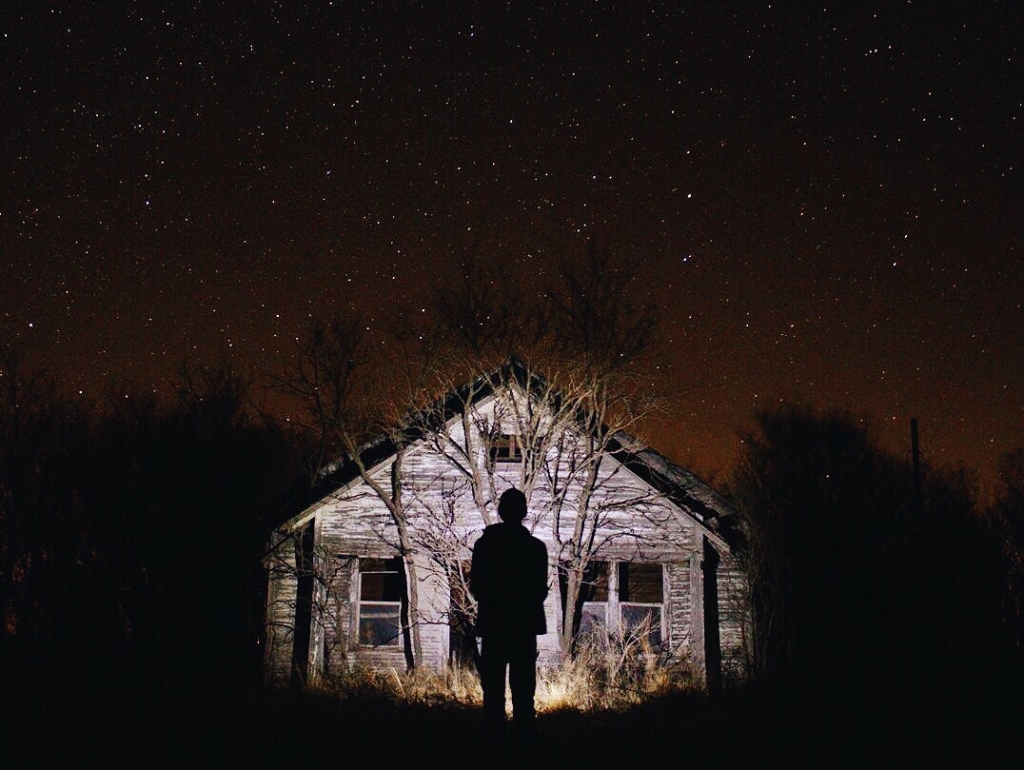
While creepy villains and rivers of blood are some of the obvious elements of popular horror stories, they are nothing without suspense. Suspense is what keeps us invested throughout the entire story.
Building suspense takes writing mastery. If you want an expert writer to help you with the task, check essayservice.com reviews by NoCramming. Of course, developing this skill on your own is the key to becoming a successful horror writer and ensuring your work gets the attention of your intended audience.
There are two ways to build suspense. First, you can create the effect of dramatic irony by letting the audience know more than the protagonist. They will then understand what’s coming and be scared for the character. It’s why we have so much fun watching horror movies and shouting at the screen, “Don’t go in there! Don’t split up! Don’t pick up that hitchhiker!”
We know the characters are in a horror movie, so we can see the bad choices coming from a mile away and can begin to imagine the terrifying ordeal that awaits them. Obviously, the characters don’t realize they are in any danger until it’s far too late. And it can be wonderfully maddening to watch them walk so innocently to their doom.
The second trick is to keep information from the audience and let them know only what that protagonist knows.
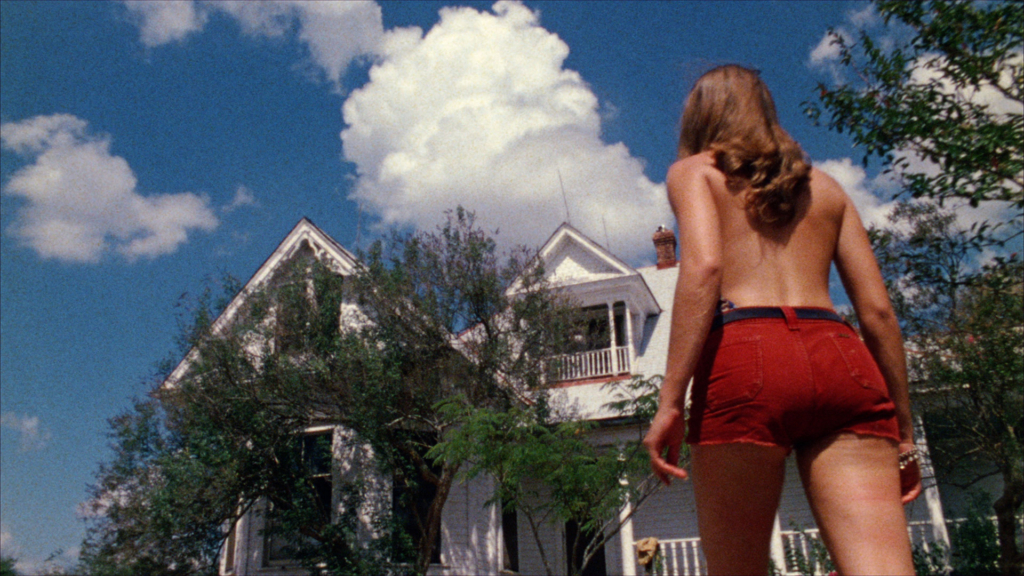
This approach makes the reader feel more involved in the character’s journey.
The character becomes a proxy for the reader/viewer, making it easy for them to feel genuine unease and terror — tapping into that fear of the unknown we talked about earlier.
Do you know why jump scares in horror films get a bad name? It’s because so many of them feel cheap and unearned. Writers attempt to manipulate the audience by going for an easy, in-your-face scare, utilizing visual and audial tricks to jolt the system. While this may make us jump, it can be annoying and unsatisfying.
Real suspense should not be about manipulation. It should be about truly engaging your audience, making them feel the character’s feelings, and believing a real sense of danger.
Scares always land harder when they have been properly built up — when we are on the edge of our seats with bated breath just waiting for the hammer to drop. We know it’s coming, but we don’t know when or how. And that’s what excites us, creating the adrenaline rush that horror fans crave.
In so many cases, this buildup is more satisfying than the payoff. Of course, you don’t want the audience to feel let down by not delivering on all the great suspense you’ve carefully crafted. But it’s critical not to neglect this aspect of storytelling. The journey is just as important as the destination.
4. The Perfect Setting: One Of Your Most Important Characters
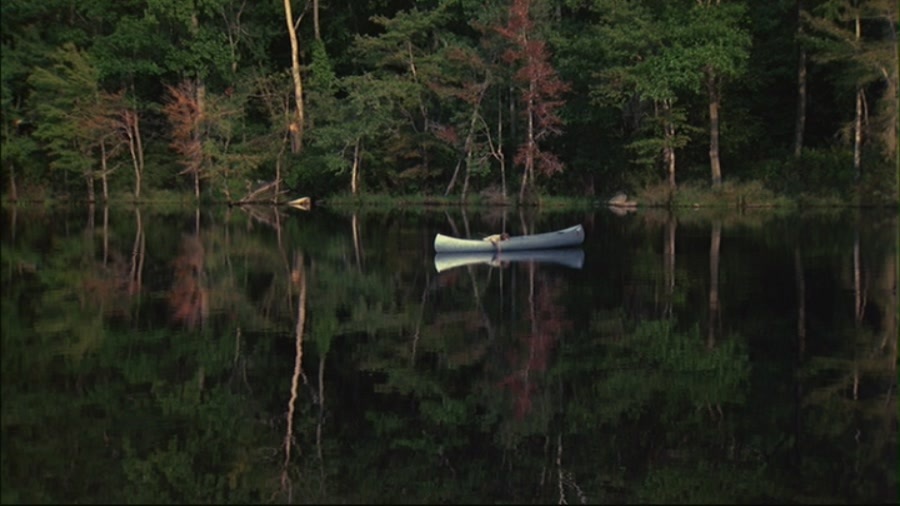
The setting plays a crucial role in a horror story. It is meant to support the fear factor and create tension. Typical horror story locations include cemeteries, abandoned houses, dark woods, and distant hotels.
Again, let’s think about some of the most iconic and beloved horror films. Along with the characters, you’ll almost always strongly associate with a particular place when thinking about the film. If I say the words Camp Crystal Lake, you immediately think about Friday the 13th. The same is true if I say Haddonfield, The Overlook Hotel, Derry, Raccoon City, Elm Street, or Woodsboro.
Some horror films use location to such great effect that it’s impossible to separate the story from the place. One great example is Silent Hill.
Often, the scariest settings are places we don’t normally associate with fear, like a grandmother’s house or a school. Taking a place normally viewed as a safe space can dramatically ramp up the fear. The element of familiarity makes the horror hit harder.
Some of the best horror films take place in one setting.

Not only are these contained horrors extremely economical to make, making them very popular with producers, but they can be quite effective. Examples include Misery, The Cabin in the Woods, The Black Phone, The Thing, The Lodge, Funny, Games, Midsommar, and Get Out.
Usually, isolated, dark spaces work best. They give the reader the claustrophobic feeling paired with the terror of the unknown and desperation to connect with the outer world. Some good examples of this type of setting are the vampire’s castle in Bram Stoker’s Dracula and the remote Overlook Hotel in The Shining.
It’s a big reason why the “cabin in the woods” motif is so popular in horror. Few things are scarier than being far from safety while facing a real and present threat. It’s also a helpful tool for a writer because it gives you a plausible reason to put your characters in real peril, removed from the chance for easy escape or rescue. Woods themselves are inherently scary because they seem to hide so much terrifying “unknown” (see #1 above).
The symbolism of nature and weather also adds a lot to the setting. The darkness of nighttime, rain, moonlight, roar of the wind, wilderness — various visual and auditory images appeal to the reader’s senses and convey the feeling of danger.
One recent film that’s an absolute master class in using setting to tell an effective and unsettling story is Robert Eggers’ The Lighthouse. If you liked that film, a similar film worth checking out is the criminally unseen Cold Skin, which you can watch now on Prime or Tubi.
5. High Stakes: Give ‘Em a Reason to Care

Strong fear is impossible without understanding the stakes. The reader needs to know the motivation behind the protagonist’s actions.
The most objective and common thing is, of course, survival. But we’re often far more impacted when there is more at stake than just surviving the night. Perhaps there’s a mystery to solve or a desire to keep loved ones safe. We all know what it would be like to lose someone we love, so adding this element to stories is a great way to make us feel more invested in the outcome.
To make the reader’s heart beat faster, don’t be afraid to raise the stakes and shake things up. Maybe parents leave their two kids with their grandmother for the weekend, not knowing that a psychopath is hiding in her garage. Suddenly, we have three potential victims instead of one. The higher the stakes, the less likely the audience will lose interest.
Let’s once again go back to a pillar of great horror storytelling, Halloween.
We are undoubtedly primarily invested in Laurie’s plight and rooting for her survival. But part of what makes that film so masterful is that the stakes are much bigger than just what happens to Laurie. She is not only trying to survive, but she is responsible for two young children. And throwing children into the mix always increases our anxiety because we view them as innocents who need and deserve protection.
Additionally, it’s a small town, and everyone knows everyone. Every death in that film is heartbreaking because it touches so many other lives. These characters aren’t just slasher fodder. Laurie cares deeply for her friends, classmates, family members, and neighbors. As an extension, we do as well.
In many great horror films, the stakes are as high as they come: characters must take action to save the entire world from extinction.
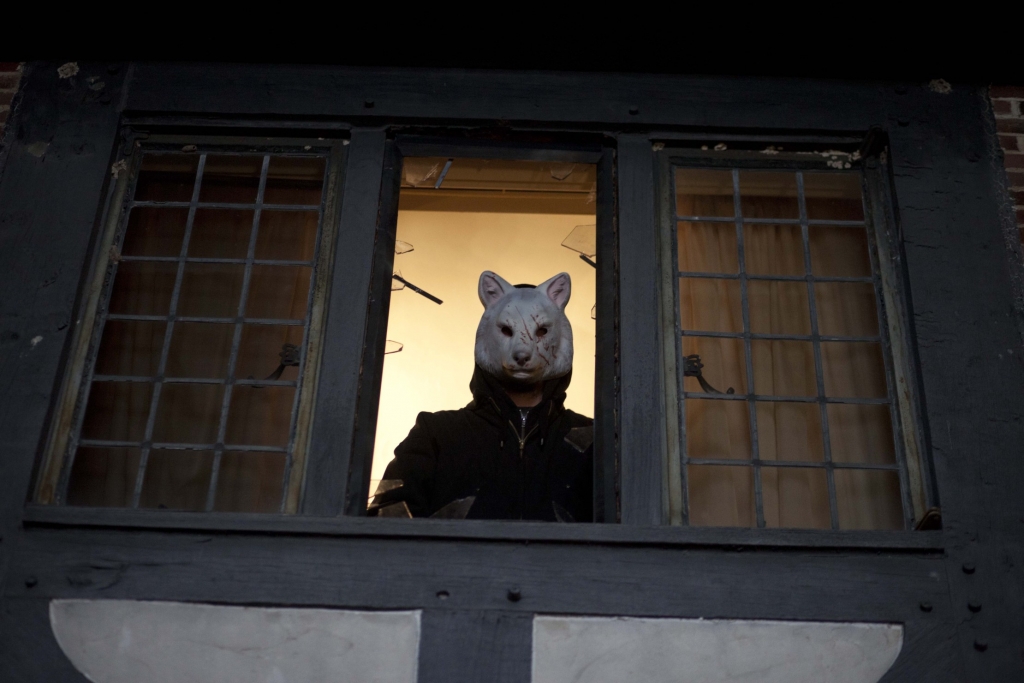
We see this in many popular zombie and virus horror films, in sci-fi horror classics like The Thing and Alien, and in films like The Ring and It when it’s clear that the evil force will never stop unless/until someone can finally defeat it.
You don’t have to set stakes that high to make us care. Sometimes just watching one great character we root for trying to survive is all we need to have a richly rewarding viewing experience. A recent great example of this is The Black Phone. Knowing when less is more is one of the defining characteristics of a great writer.
Of course, all these elements we’ve discussed are very much interwoven, and you need to focus on all five to really deliver a successful horror story.
It’s difficult to have meaningful stakes, for example, if we don’t care about the characters (see #2 above). And setting (see #4) is instrumental in ensuring we understand our characters are in real danger. A great example of this is home invasion horror like The Purge, The Strangers, You’re Next, and Inside.
By ensuring you are keenly focused on these five elements of horror, you have a good chance of creating a memorable horror story people will love to read or watch — one that people are eager to discuss and recommend.


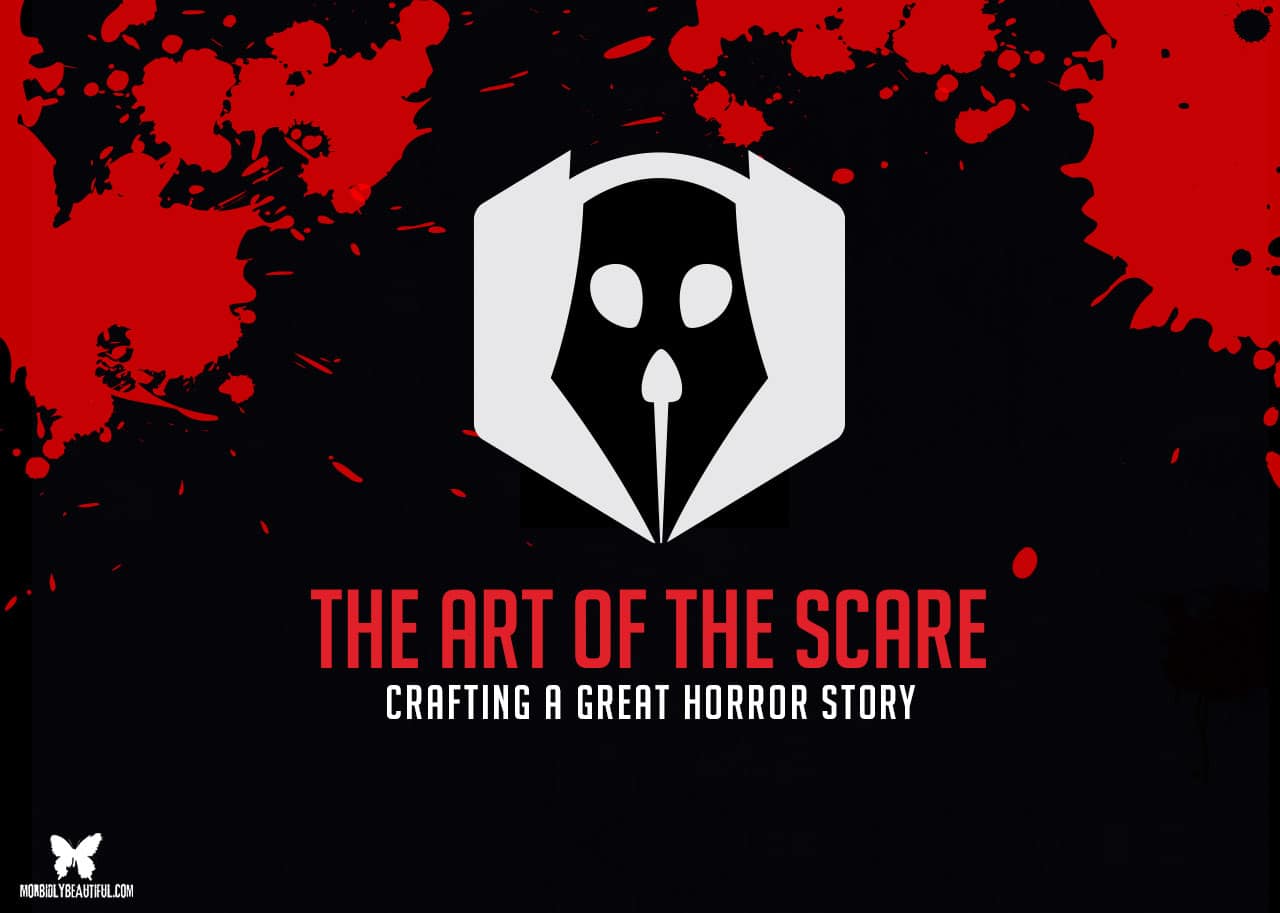
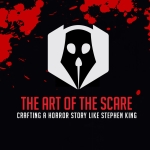








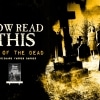
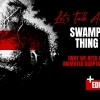

Follow Us!